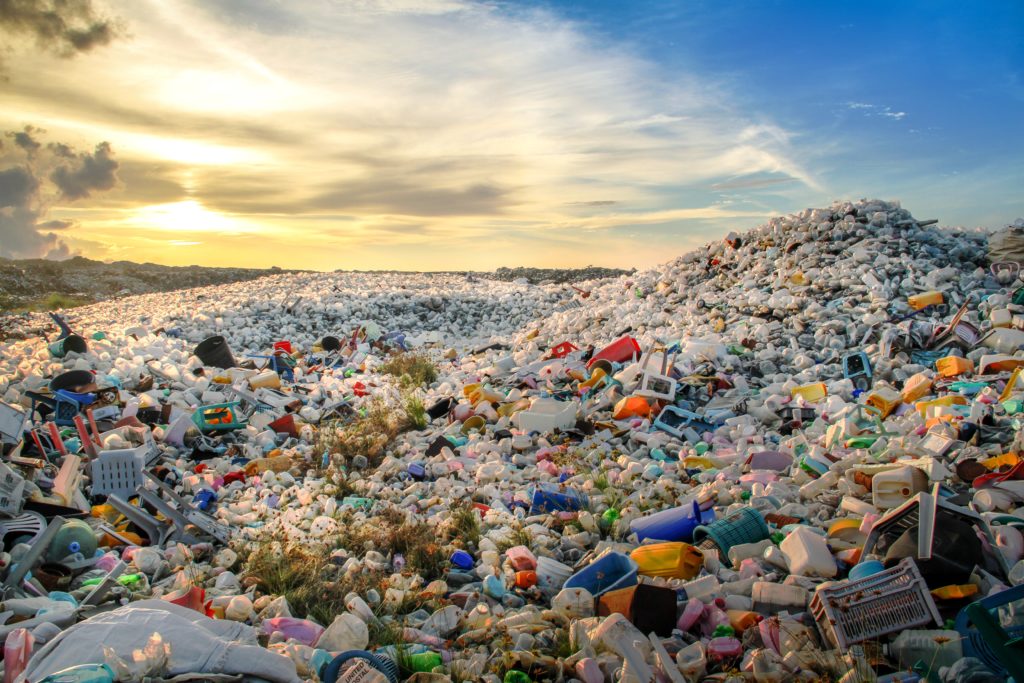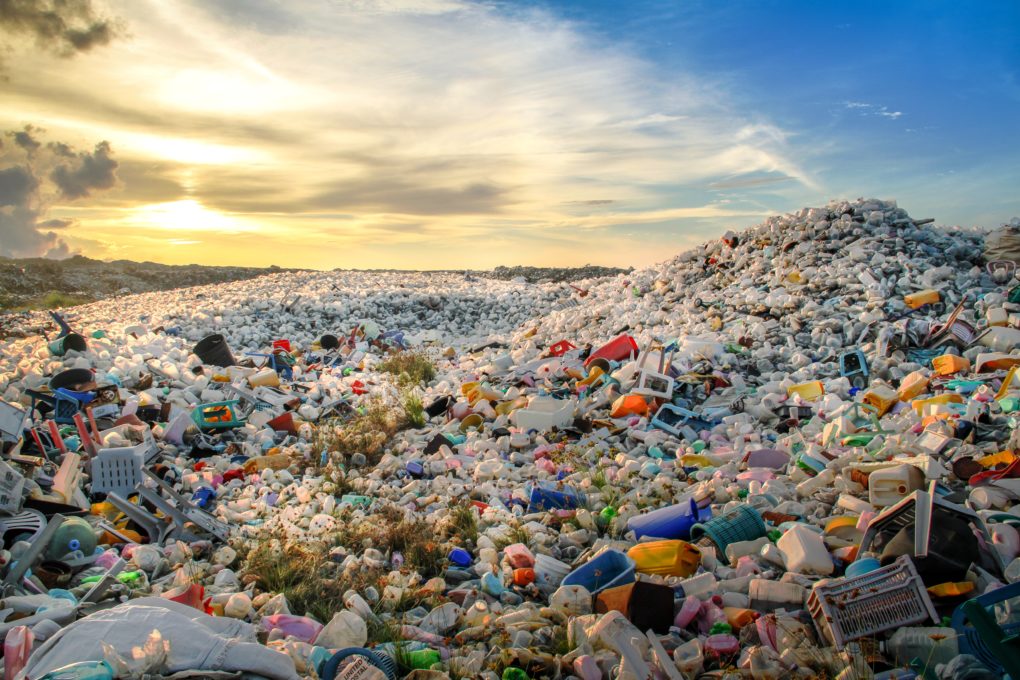People Eat And Breathe Up To 121,000 Particles Of Plastic Each Year
 By John Vibes
By John Vibes
According to new research published in the journal Environmental Science and Technology, the average person can absorb anywhere from 74,000 and 121,000 particles of microplastic each year. Surprisingly, half of this microplastic toxification comes from the air we breathe, and the other half comes from the foods and drinks we consume.
It was also noted in the study that a lot of bottled water can increase the presence of these toxins by up to 90,000 particles.
This is reportedly the first study to estimate how much plastic pollution is ingested by humans.
Widget not in any sidebars
Scientists are unsure about the long-term effects of accidental microplastic consumption, but it is clear that they could release toxic chemicals once they are inside the body.
Kieran Cox, at the University of Victoria in Canada, and lead researcher of the study, cautioned that the exact health risks are still unknown, but said that there is “a high exposure risk in terms of numbers. It could be a potential alarm call for sure”.
Cox isn’t taking any chances in his own personal life, and recommends that everyone starts becoming more conscious of the plastics they use.
“I definitely steer away from plastic packaging and try to avoid bottled water as much as possible. Removing single-use plastic from your life and supporting companies that are moving away from plastic packaging is going to have a non-trivial impact. The facts are simple. We are producing a lot of plastic and it is ending up in the ecosystems, which we are a part of,” Cox said, according to The Guardian.
Microplastics are just small pieces of plastic that are less than five millimeters long. Some of these plastics, called microbeads, are designed to be small, but this product has been banned by numerous countries in recent years. However, larger plastics that end up in the oceans also naturally break down into microplastics.
The scientists found that microplastics are entirely covering the Earth, in every sample they collected.
The research contained data from 26 previous studies on microplasics, and used US government dietary guidelines to calculate how many particles the average person would eat in a year. However, there are still some blind spots in the research, because they were unable to test every food and drink product on the market.
Cox said that more research is needed to paint a complete picture.
“We don’t know a huge amount. There are some major data gaps that need to get filled,” Cox said.
Cox also mentioned that foods like bread, meat, dairy, and vegetables could contain much more microplastics than the small range of foods that they were able to test.
“It is really highly likely there is going to be large amounts of plastic particles in these. You could be heading into the hundreds of thousands,” Cox said.
In April, The European Commission’s chief scientific advisers published a report warning about the dangers of microplastics.
“The evidence [on the environmental and health risks of microplastics] provides grounds for genuine concern and for precaution to be exercised… Growing scientific evidence on the hazards of uncontrolled microplastic pollution, combined with its long-term persistence and irreversibility, suggests that reasonable and proportional measures should be taken to prevent the release of microplastics,” the report concluded.
According to a report published by the Ellen MacArthur Foundation, if the current rate of plastic pollution continues, there will be more plastic in the oceans than there are fish by the year 2050.
Right now, one garbage truck of plastic is dumped into the ocean every minute.
Humans are making small steps to replace plastic products with natural alternatives, but we have a very long way to go.
IMAGE CREDIT: aryfahmed
John Vibes is an author and journalist who takes a special interest in the counter culture, and focuses solutions-oriented approaches to social problems. He is also a host of The Free Your Mind Conference and The Free Thought Project Podcast. Read More stories by John Vibes
This article was sourced from Truth Theory.
Subscribe to Natural Blaze for health freedom and natural living headlines to your inbox. Follow Natural Blaze on Twitter and Facebook.



